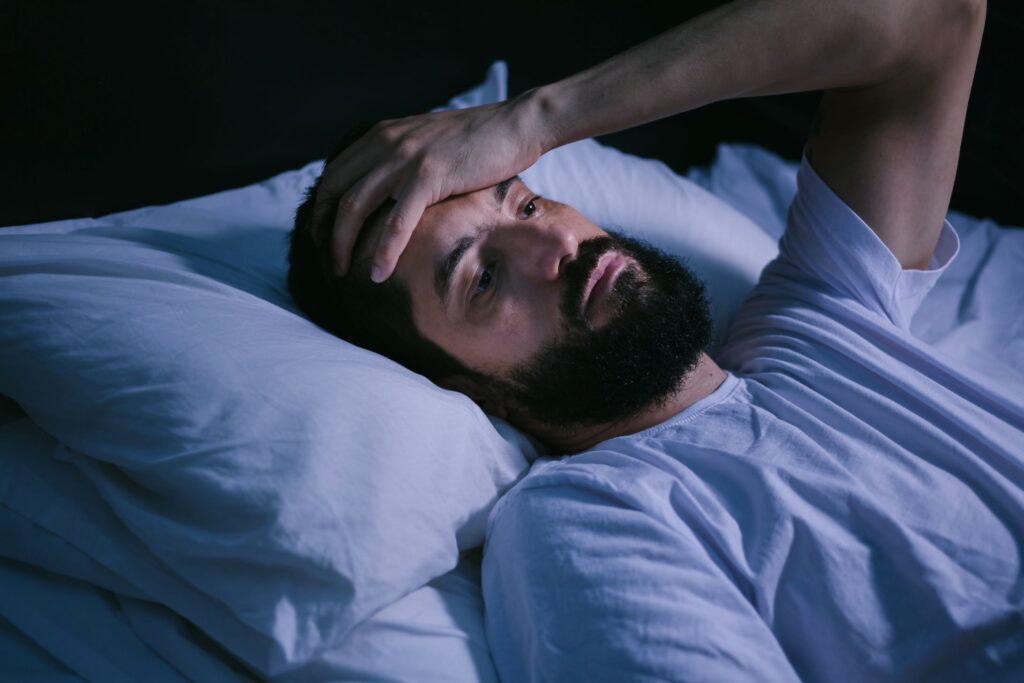
Have you noticed that you snore frequently at night and wake up feeling more drained in the morning than when you drifted off the evening before? If so, you might suffer from sleep apnea. People with this disorder experience regular interruptions in their breathing that disrupt their circadian cycles, preventing their bodies from getting enough rest.
Fortunately, your sleep dentist can provide treatments to reduce associated symptoms, but you might avoid getting help if you’re functioning under misunderstandings about sleep apnea. Continue reading to learn 3 myths you might have heard about it that you shouldn’t believe!
Myth #1: Snoring is the Same Thing
There are a few kinds of sleep apnea, but the most common type is called obstructive sleep apnea (OSA). This happens when your airways are physically blocked, like by overly relaxed throat muscles, which keeps oxygen from reaching your lungs. This can cause gasping, choking, and snoring, leading some people to believe that snoring and sleep apnea are the same thing.
However, it’s also possible that your snoring is caused by something else, like a stuffy nose. Technically, it’s not considered sleep apnea unless you experience five or more interruptions to your breathing within a single hour of nodding off. Those with mild cases might have 5 to 14 recurrences, moderate sleep apnea refers to 15 to 30 events per hour, and those with severe cases might experience 30 or more interruptions within that time.
Myth #2: It’s Not That Serious
You might also assume that there’s no need to obtain an official diagnosis or treatment for sleep apnea because it’s not that big of a deal. But the truth is that ignoring this condition can have serious consequences for your overall health.
This is because depriving your body of air can be incredibly harmful. Reduced oxygen levels during sleep put additional strain on your lungs, heart, and brain that can result in more serious health issues. For instance, you might develop high blood pressure, an irregular heartbeat (atrial fibrillation), or increase your vulnerability to a heart attack or stroke.
Myth #3: It Only Impacts Certain People
Sleep apnea is more commonly diagnosed in men, leading some people to believe that women or children are safe from this particular disorder. Although it is indeed estimated to be about two to three times more common in men, it’s still possible for people of any gender to develop nighttime interruptions in their breathing.
You might also assume that children don’t develop sleep apnea, but that’s not true, either. Sources report that this condition is more prevalent in those who are 40 years or older, but an estimated 1% to 6% of children also experience OSA.
If you’re unsure whether your daytime drowsiness, headaches, and mood swings are due to sleep apnea, it may be time to schedule a consultation with your sleep dentist!
Meet the Author
Dr. Bridget Ryan has more than 25 years of experience helping enhance patients’ quality of life by providing solutions to address their sleep disorders. She earned her dental degree from Case Western Reserve University, and today, is qualified with the American Academy of Dental Sleep Medicine as well as a member of the American Board of Sleep Medicine. She provides custom-fitted oral appliances to help keep your airways open so you can sleep more soundly. You’re welcome to request an appointment on the website or call (440) 454-8200.
